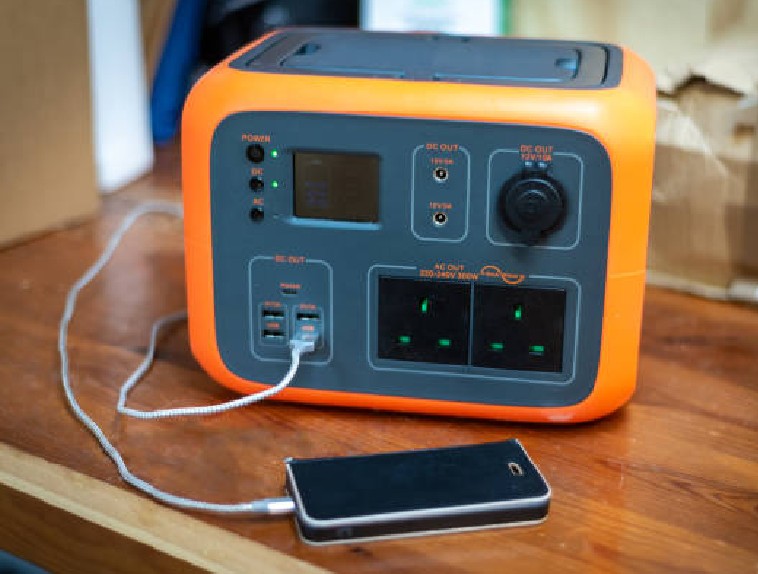Question: Listed fire alarm systems
Are fire alarms listed as a system and not just listed components? How can an AHJ be assured that the use of a device made by one manufacturer will not have a negative impact on the function and reliability of fire alarm system made by another manufacturer? Do all the listed components of the system have to be made by the same manufacturer?
Answer
Fire alarm equipment is listed as individual products; however, these products are evaluated as part of a complete system. The compatible Listed equipment that forms the alarm system is specified in the installation instructions/wiring diagram referenced on the Listed product’s marking, by part number and revision level, and included with the product. The compatibility may be identified in the installation instructions for either the control unit or the device connected to the control unit. This may be very specific by manufacturer
and part number or generic by permitting listed equipment of a certain voltage rating, depending on how their products were evaluated. For example, compatible notification appliances are referenced in the installation instructions of the fire alarm control unit. Compatible control units/devices/appliances are not limited to devices by the same manufacturer.
Fire alarm control panels are Listed under the category Control Units, System (UOJZ) located on page 262 in the 2004 White Book. The guide information for the fire alarm system control units indicates the following:
“A control unit consists of a unit assembly of electrical parts having provision for connection of power supply circuits routed through the control unit equipment by a prescribed scheme of circuiting. The circuits are extended to separate devices by which the operating parts of the control units are actuated for signals and to separate or incorporated appliances by which the signals are indicated, so as to form a coordinated system combination for definite signaling services.
“The listee of a control unit furnishes the related actuating devices and signal indicating appliances for use with the control unit or indicates the particular devices and appliances required as well as supplies any instructions necessary to complete their interconnection at the installation.
“The listing indicates that wiring diagrams have been submitted with the control unit, along with information regarding its intended application, and the unit has been tested with representative actuating devices and signal indicating devices to be used with it as an interrelated assembly. Reference is made in the marking of the control unit to the wiring diagram showing complete information except when the installation wiring diagram is secured to the control unit.”
Question: Switchboards and conductors
Do UL listed or CUL listed switchboards require conductors of different voltage be provided with barriers between the conductors?
Answer
No, UL does not require barriers between conductors of different voltage in a switchboard unless they are Class 2 conductors or Class 3 conductors. Class 2, Class 3 and other low voltage wiring is required to be separated from other field- or factory-installed wiring that is located in the same switchboard section. This separation is accomplished by use of barriers. Switchboard sections where only factory-installed wiring is present may have Class 2 and Class 3 wiring isolated from other circuits by routing and securing conductors in a fashion that they do not contact uninsulated live parts of other circuits, or by ensuring that all factory-installed wires are insulated for the highest voltage involved.
The NEC and the Canadian Electrical Code (CE Code) Part I do not allow service conductors to be installed in the same raceway with non-service conductors. Switchboard enclosures are not raceways, and may include insulated service conductors alongside non-service conductors. However, UL does require uninsulated service conductors and terminals to be isolated by a barrier so that, with every service disconnect in the off position, no uninsulated live part is exposed to inadvertent contact by persons while servicing any load terminal.
The NEC and the CE Code, Part I do not require conductors of different voltages in switchboards be provided with barriers. UL 891, the Standard for Dead-Front Switchboards and CSA C22.2 No. 31-M89 the Standard for Switchgear Assemblies
do not require barriers between conductors of different voltages.
UL lists switchboards for the U.S. under the product category Dead-Front Switchboards (WEVZ) as indicated in the previous question and answer. UL lists switchboards for Canada under the product category Dead-Front Switchboards Certified for Canada (WEVZ7). Both categories can be accessed on UL’s Online Certification Directory at www.ul.com/databaseand enter the WEVZ or WEVZ7 at the category code search.










Find Us on Socials